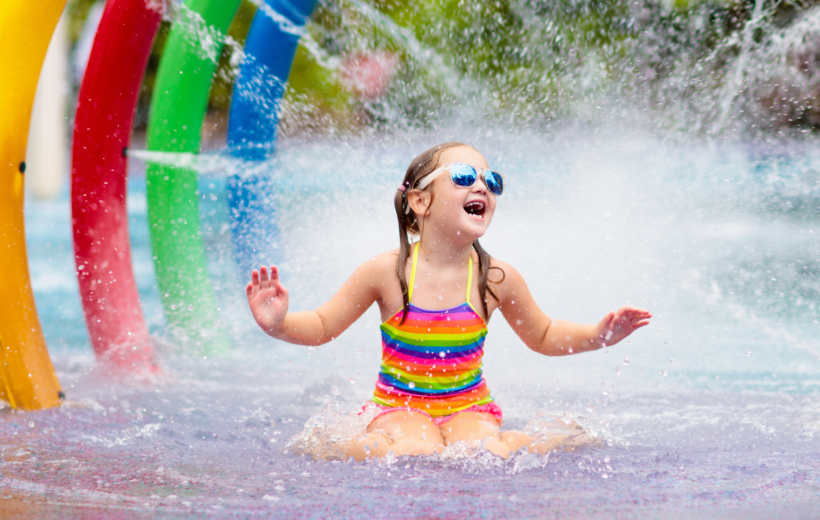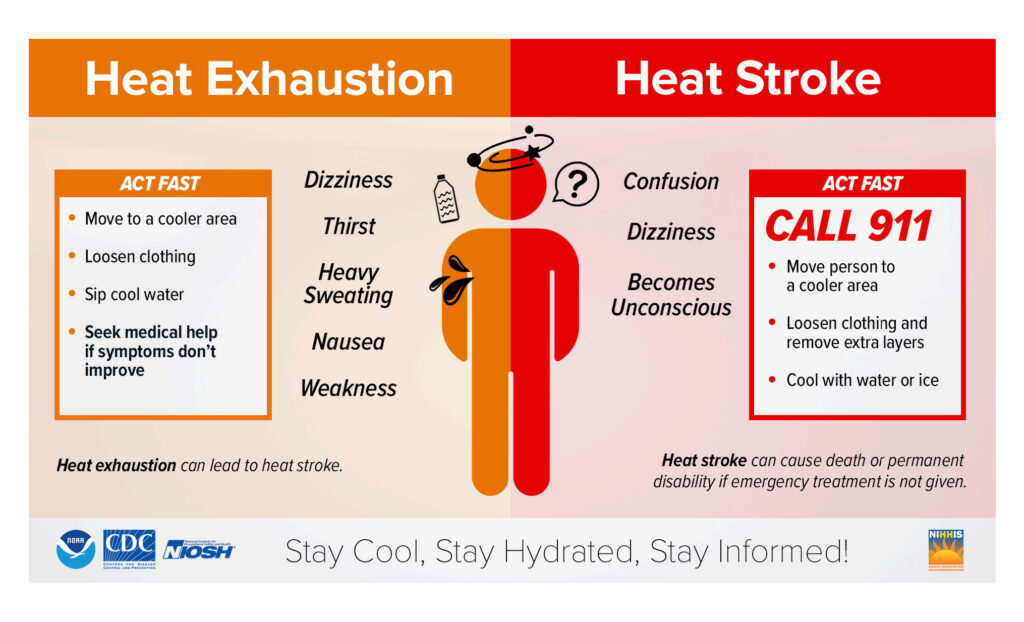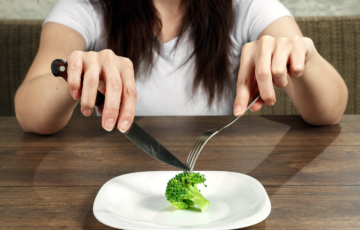
Splashpads and Spray grounds are an excellent way to beat the heat! Click on this link to find the nearest water zone near you! If you are unable to access these zones, you can also beat the heat by going to your nearest public library and enjoy an air-conditioned environment while reading books!
We at Pediatrics Northwest encourage parents and caregivers to be proactive in protecting children from heat exhaustion and heat stroke. By understanding the signs and acting swiftly if symptoms arise, we can ensure that our children stay safe and healthy during the summer!
Or contact one of our Community Health Workers for information and guidance on how to access a cooling center! Let us make this summer a season of fun, laughter, and safety for all our children! Phone: (253)383-5777 ext. 4775
Understanding Heat Exhaustion and Heat Stroke
With the warm summer sun here, it is important for parents and caregivers to pay special attention to the risk of heat-related illnesses, especially for our children. Children are at a higher risk for heat exhaustion and heat stroke due to their developing bodies, and inefficient temperature regulation. At Pediatrics Northwest we believe that awareness and prevention can ensure a safe and fun summer for every child!
What is Heat Exhaustion?
Heat exhaustion and heat stroke are two different illnesses. Heat exhaustion is a milder form of heat-related illness that can occur when a child has been exposed to hot temperatures and does not have consistent hydration. Remember heat exhaustion can lead to heat stroke!
Be on the lookout for these symptoms of heat exhaustion:
- Excessive sweating
- Cool, clammy skin
- Fatigue or weakness
- Dizziness or fainting
- Nausea or vomiting
- Headache
- Muscle cramps
If a child shows signs of heat exhaustion. Follow these steps!
- Move them to a cool, shaded area.
- Encourage them to drink water or a sports drink.
- Use cool compresses or a cool bath to lower their body temperature.
- Avoid exposure to heat until symptoms resolve completely.
Identifying a Heat Stroke
Heat stroke is a severe, life-threatening condition that requires immediate medical attention. This happens when the body’s temperature regulation fails completely, and the internal temperature rises to dangerous levels.
Be on the watch for these signs of heat stroke:
- Hot, dry skin (lack of sweating)
- Rapid pulse
- Confusion or disorientation
- Severe headache
- Nausea and vomiting
- Loss of consciousness
If you suspect a child is experiencing heat stroke, call emergency services immediately and take immediate action to cool the child down while waiting for help. Use cool water, ice packs, or cool cloths on their body and fan them to promote heat loss.

Prevention Tips for Parents
Preventing heat-related illnesses in children begins with these tips!
- Stay Hydrated: Ensure your child is drinking plenty of fluids throughout the day, even if they are not thirsty. Water is best for hydration, especially during hot weather or physical activity.
- Dress Appropriately: Choose lightweight, loose-fitting clothing in light colors to reflect sunlight. Hats and sunglasses can also offer protection.
- Seek Shade: Encourage children to play in shaded areas, especially during the hottest parts of the day (typically 10 a.m. to 4 p.m.).
- Limit Physical Activity: Schedule outdoor activities in the early morning or late afternoon when temperatures are cooler.
- Never Leave Children in Cars: Even for a few minutes, temperatures inside a car can soar to dangerous levels rapidly.
For more information please visit:
https://www.cdc.gov/heat-health/heat-and-children.html
https://www.metroparkstacoma.org/stay-cool/
https://tpchd.org/healthy-places/emergency-preparedness/keep-cool/
Related Stories



